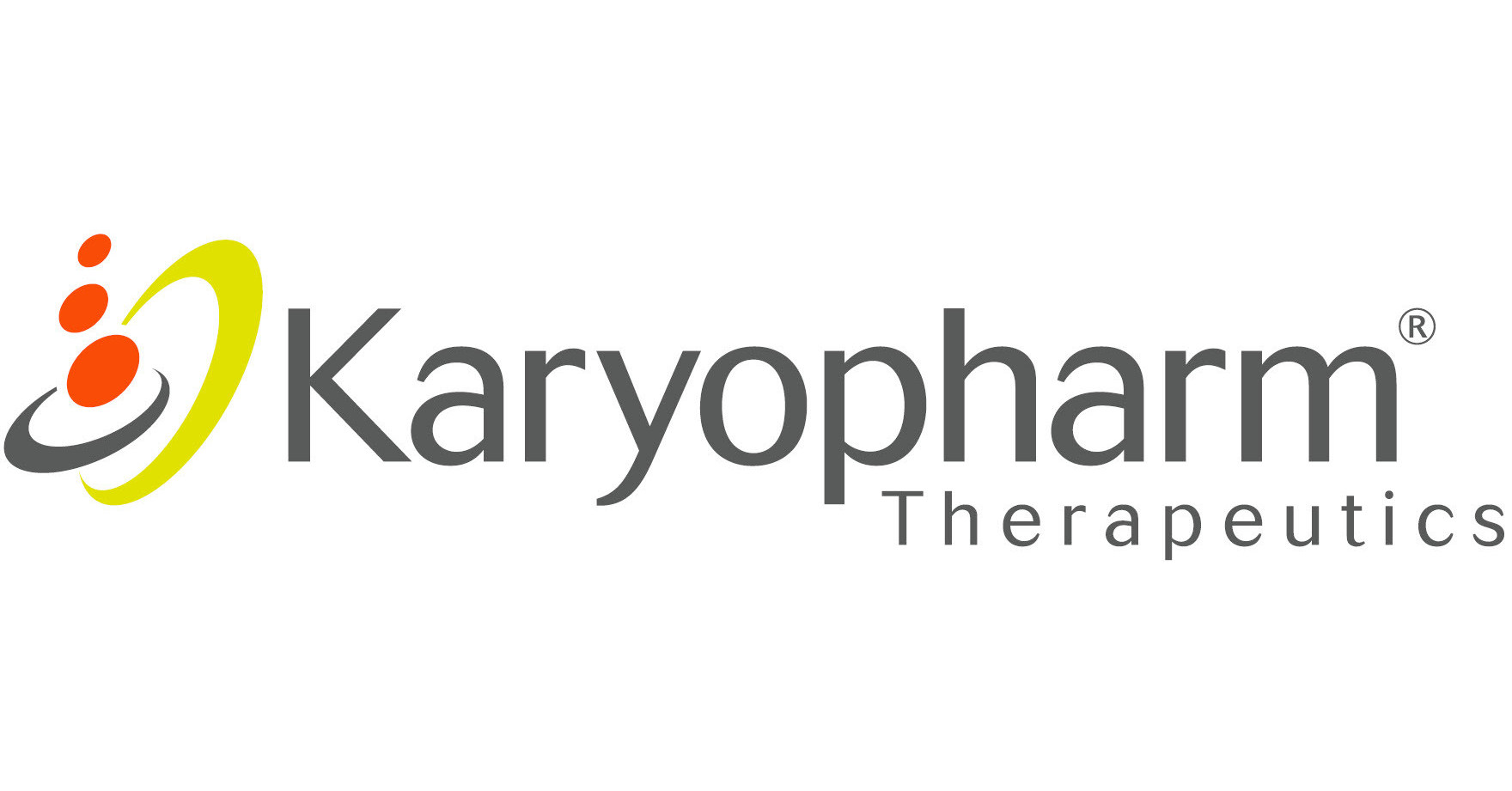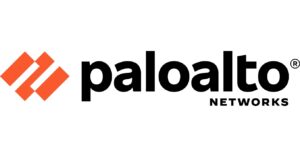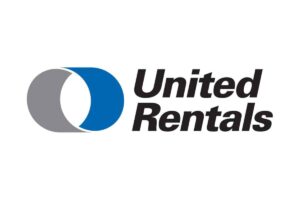Karyopharm Therapeutics Inc. (NASDAQ:KPTI) is a pharmaceutical company focused on the discovery and development of novel drugs for the treatment of cancer and other major diseases. The company’s primary product is XPOVIO, which is used to treat multiple myeloma and diffuse large B-cell lymphoma. Karyopharm operates in a competitive landscape alongside companies like MacroGenics, TG Therapeutics, Heron Therapeutics, Intra-Cellular Therapies, and Agios Pharmaceuticals.
In evaluating Karyopharm’s financial performance, the Return on Invested Capital (ROIC) is a critical metric. Karyopharm’s ROIC is -1634.05%, which is significantly negative. This indicates that the company is not generating returns on its invested capital, and it is far below its Weighted Average Cost of Capital (WACC) of 16.30%. The ROIC to WACC ratio of -100.28 further highlights the inefficiency in capital utilization.
Comparatively, MacroGenics has a ROIC of -37.98% and a WACC of 9.50%, resulting in a ROIC to WACC ratio of -4.00. While still negative, MacroGenics is performing better than Karyopharm in terms of capital efficiency. TG Therapeutics, on the other hand, has a positive ROIC of 15.75% against a WACC of 12.80%, with a ROIC to WACC ratio of 1.23, indicating effective capital utilization.
Heron Therapeutics shows a slight positive ROIC of 0.82% with a WACC of 6.75%, resulting in a ROIC to WACC ratio of 0.12. This suggests that Heron is generating returns just above its cost of capital. Intra-Cellular Therapies and Agios Pharmaceuticals both have negative ROICs of -10.08% and -30.47%, respectively, with ROIC to WACC ratios of -1.71 and -4.10, indicating inefficiencies similar to Karyopharm but to a lesser extent.
Among the peers, TG Therapeutics stands out with a positive ROIC to WACC ratio, suggesting it is the most efficient in utilizing its capital. In contrast, Karyopharm’s significantly negative ROIC to WACC ratio indicates substantial inefficiencies in capital utilization, highlighting the challenges the company faces in generating returns above its cost of capital.




